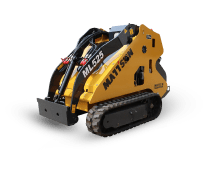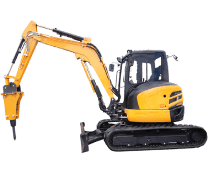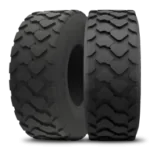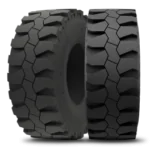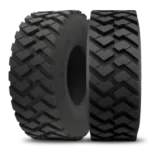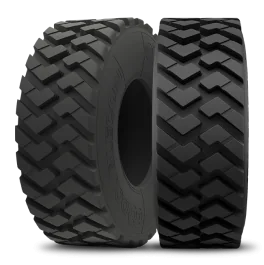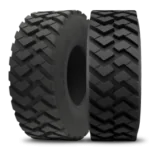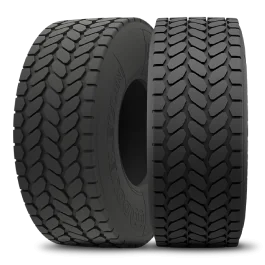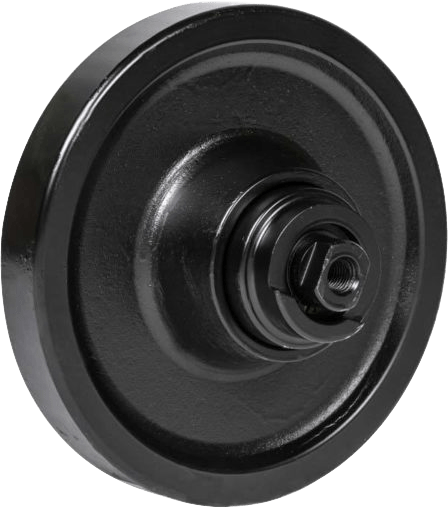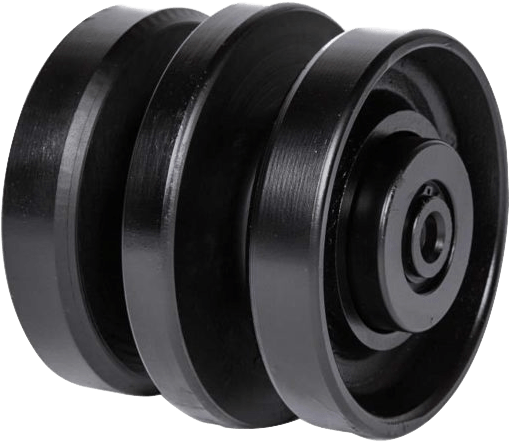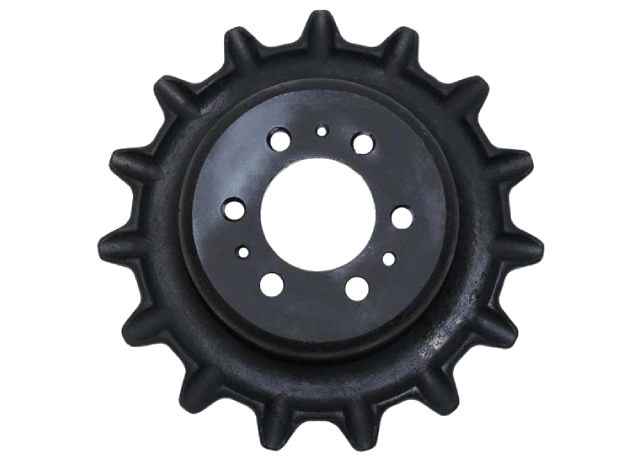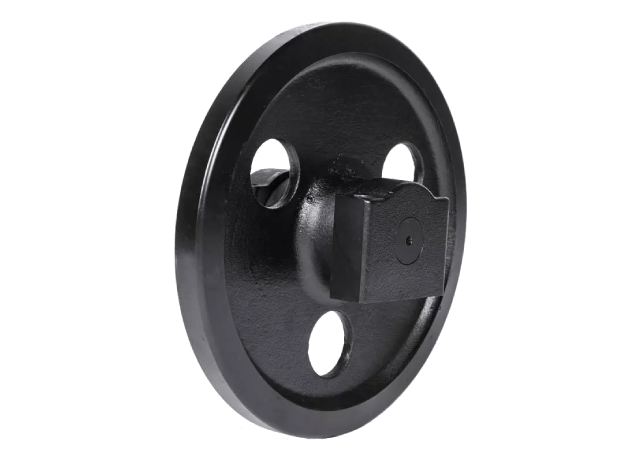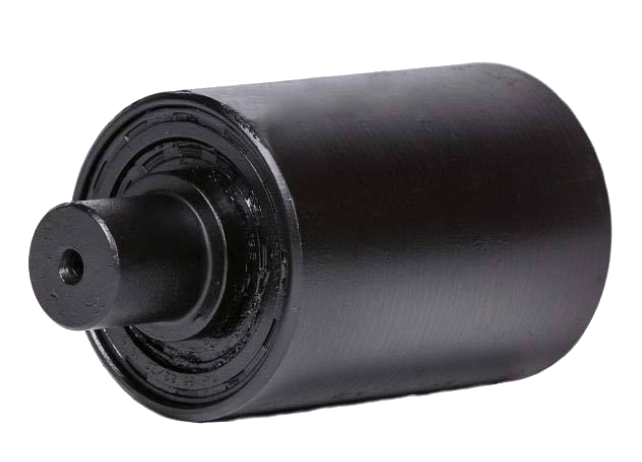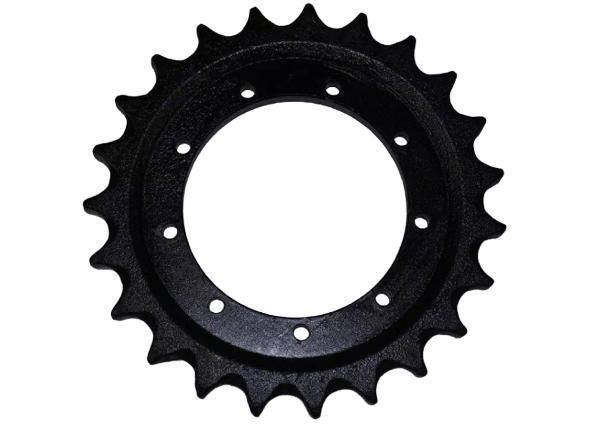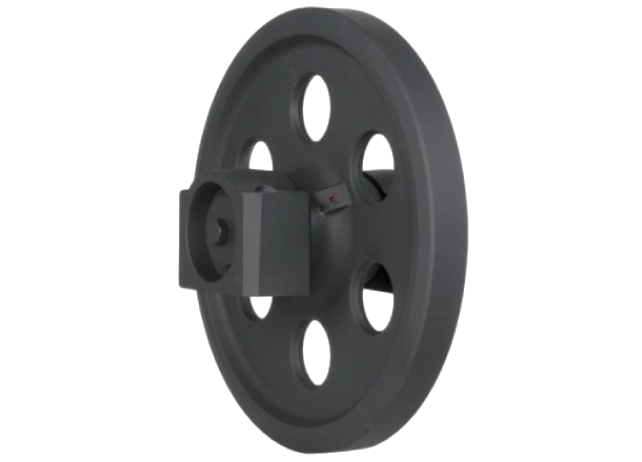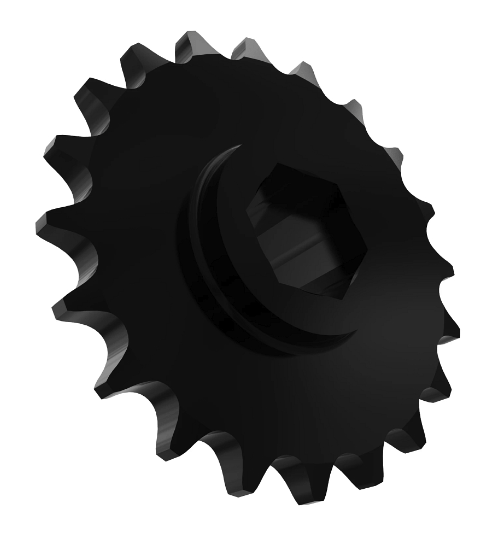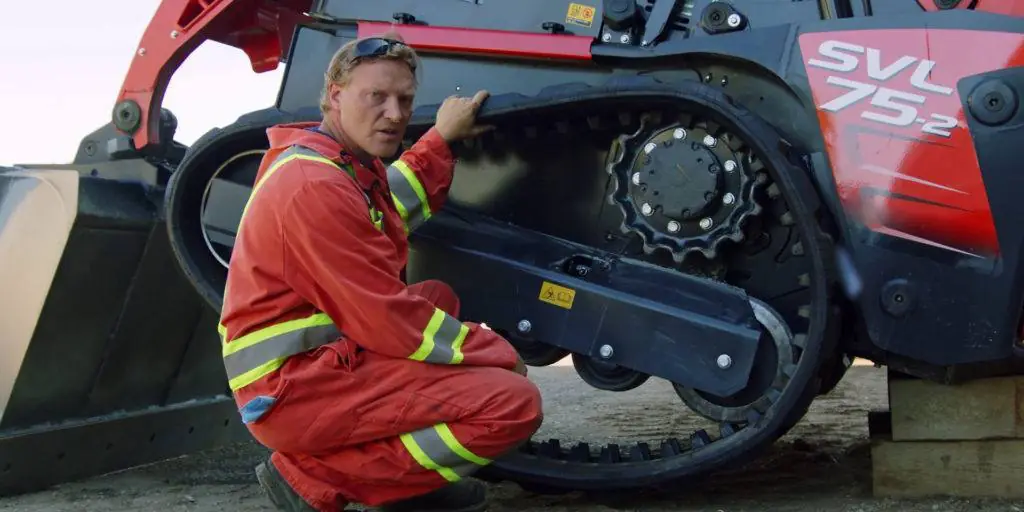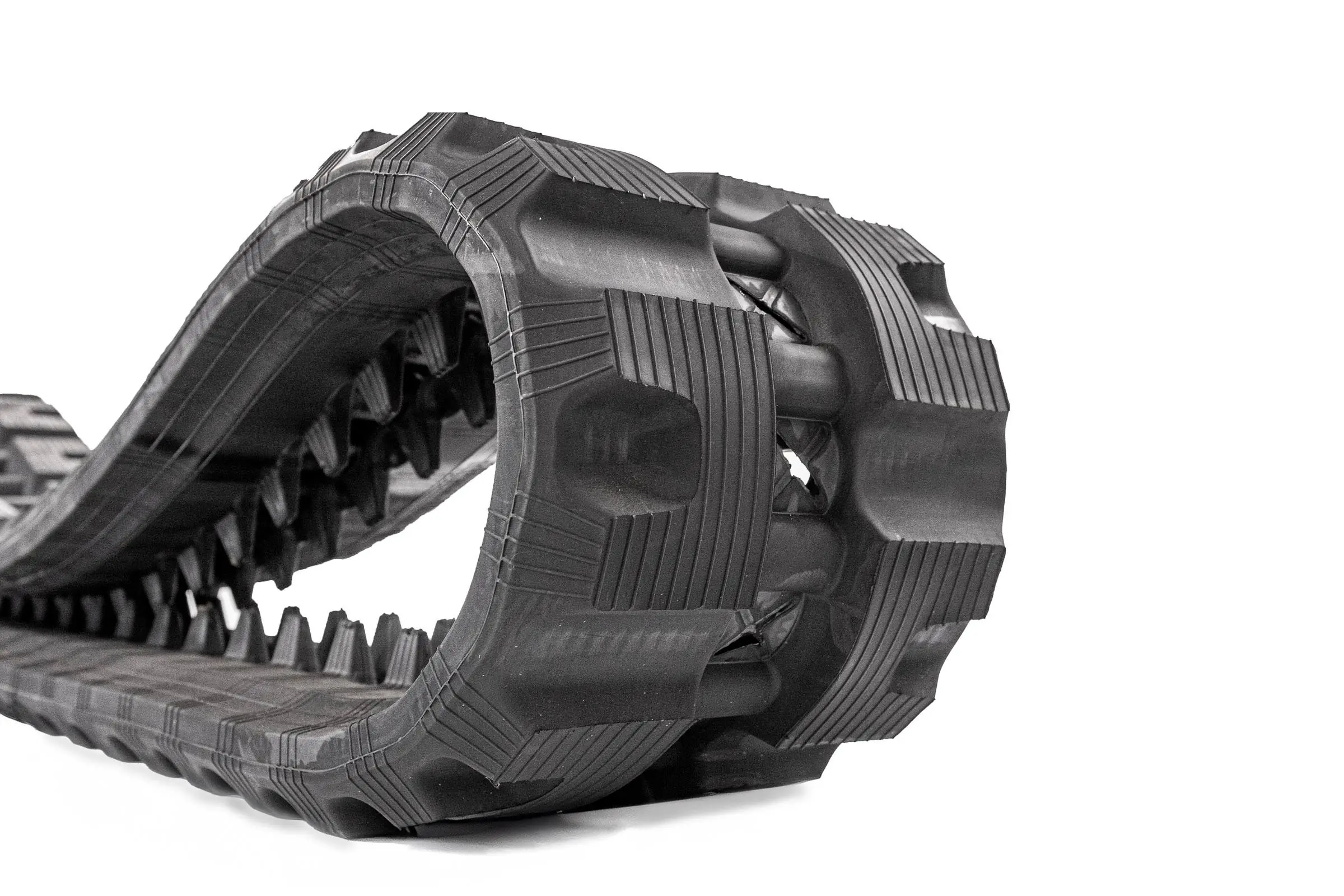Heavy machinery relies on grease to operate. This lubrication becomes fed into the system and onto bearings to keep components operating smoothly. Without this grease, components can lock up or cause unnecessary friction that can cause malfunctions based on the component’s application.
Grease also helps to provide tension to the tracks that allow the heavy machinery to operate. When there is grease in the system, the tracks are able to move the machinery forward and back, as well as rotate it. When releasing this grease, the tension of the track loosens, which may be desired to improve the operation of the machine or when changing worn-out and damaged tracks.
Grease guns are commonly used to feed grease to desired components and bearings on heavy machinery. While some bearings are easy to reach, others are buried deep in the machinery. These bearings still need the required lubricant, as grease nipples provide a channel for the lubrication to reach its destination.
Table of Content
What is a Grease Nipple?
A grease nipple, also called a grease zerk, grease fitting, Zerk fitting or Alemite fitting, is a metal valve cap that is screwed on over an aperture. Behind the grease nipple is the channel where the lubricant can get to the bearing. The grease nipple contains a spring ball bearing.
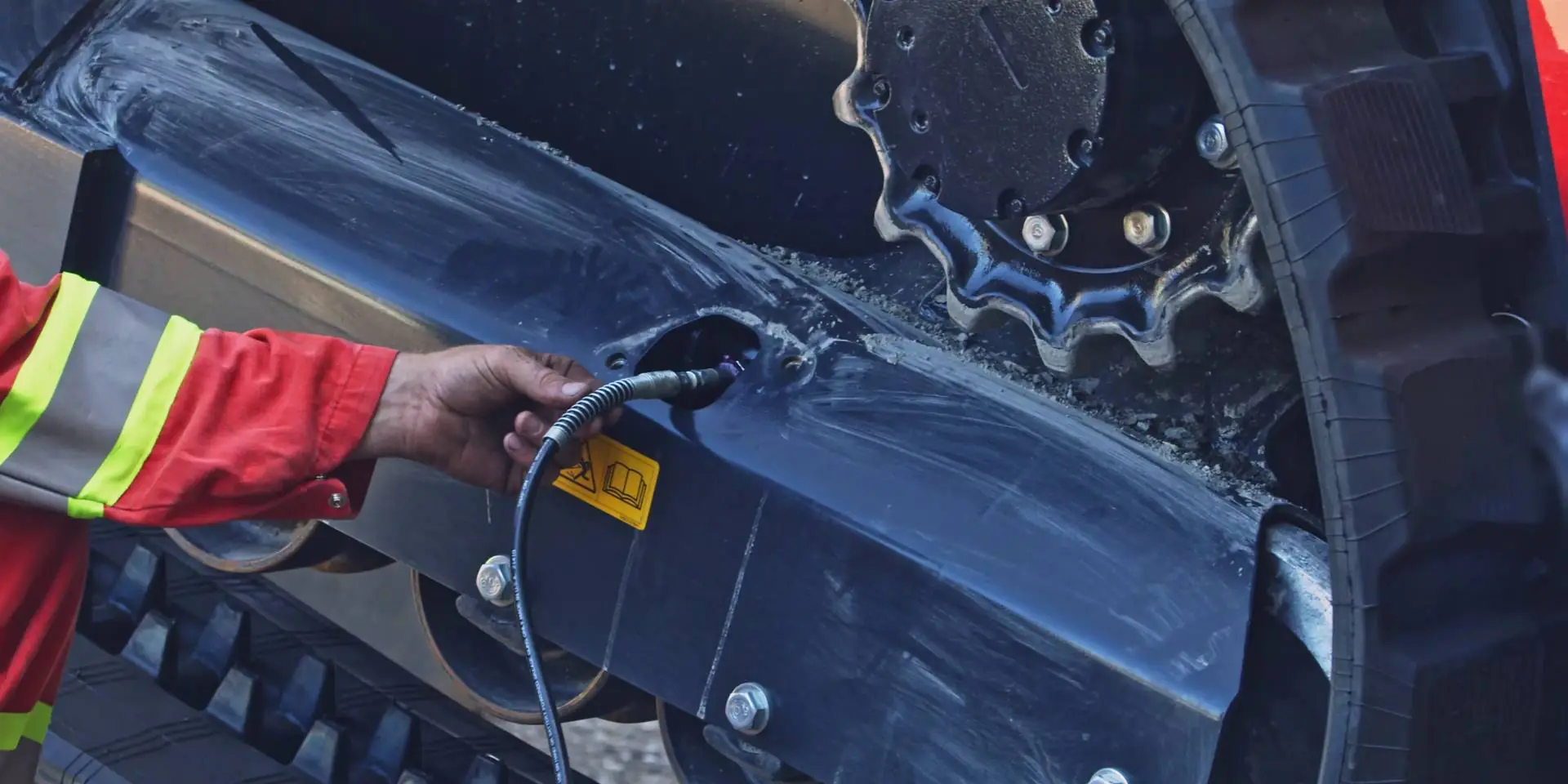
When the nozzle of the grease gun is placed onto the grease nipple, the pressure from the lubricant presses on the spring ball bearing to push it down. Grease can freely flow into the grease nipple’s aperture and down into the channel to the component. Once the grease stops, the spring ball bearing returns to its place to block the opening. This action prevents dirt, moisture and other contaminants from entering the channel and causing operational problems with the bearing.
Problems with Grease Nipples
On some occasions, the grease nipple will fail to operate. One major problem deals with contaminants. Contaminants such as dirt or water can enter, preventing the grease from reaching the bearing. Other times, grease separation can occur when using a lower quality grease.
If the grease nipple that helps to adjust the track tension no longer takes any grease, it cannot be fixed or repaired. It will need to be replaced. An OEM dealer can offer the replacement and instructions on how to install the new grease nipple based on the make and model of the heavy machinery.
Troublesome Grease Nipple? Advice on Adjusting Track Tension

When looking for reliable and dependable rental machinery, turn to Rent1.
We can help you decide on the right machine for the application.


